Paper Mill | Process, Requirements, and it’s Types
Paper Mill Pulp making and Paper making are the two main processes in a paper…
Switched-Reluctance Motor Drives | Principle and Modes of Operation
The Switched-Reluctance Motor Drives system combines a simple motor construction and an economic power converter…
Starting of Electric Drive | Effect, Methods, and Energy Relations
Introduction The most important processes associated with a controlled electrical drive are: (i) Starting (ii)…
Drives | Types and Comparison Between AC Drives and DC Drives
Drives A drive is an electrical or electronic device used to control the speed and…
SVC | Controller and Protective Functions
SVC Controller The block diagram of the basic SVC Controller incorporating a voltage regulator is…
Physical Sensors | Classification, Types, and Advantages
Introduction Physical sensors are devices that detect and respond to physical input from the environment.…
Motor Braking | Types, Advantages, and, Applications
Introduction Electric braking provides a more consistent and controlled way to rapidly stop a running…
Electric Traction | Speed-Time Curve
Electric Traction The movement of vehicles by electrical energy is known as Electric Traction. In…
Difference Between AC and DC Welding
Welding Welding is joining two materials, like thermoplastics or metals, at a high temperature by…


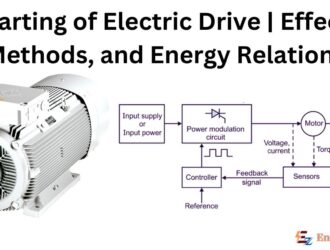
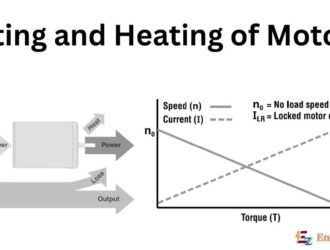

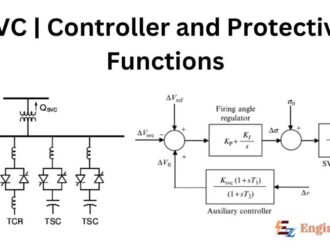
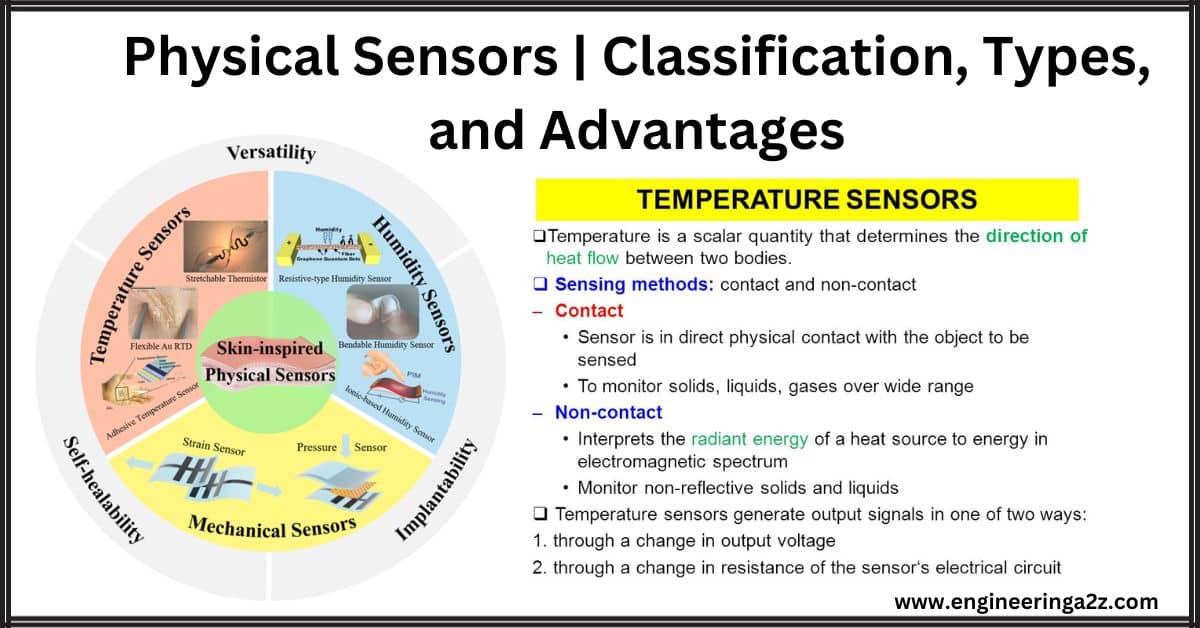
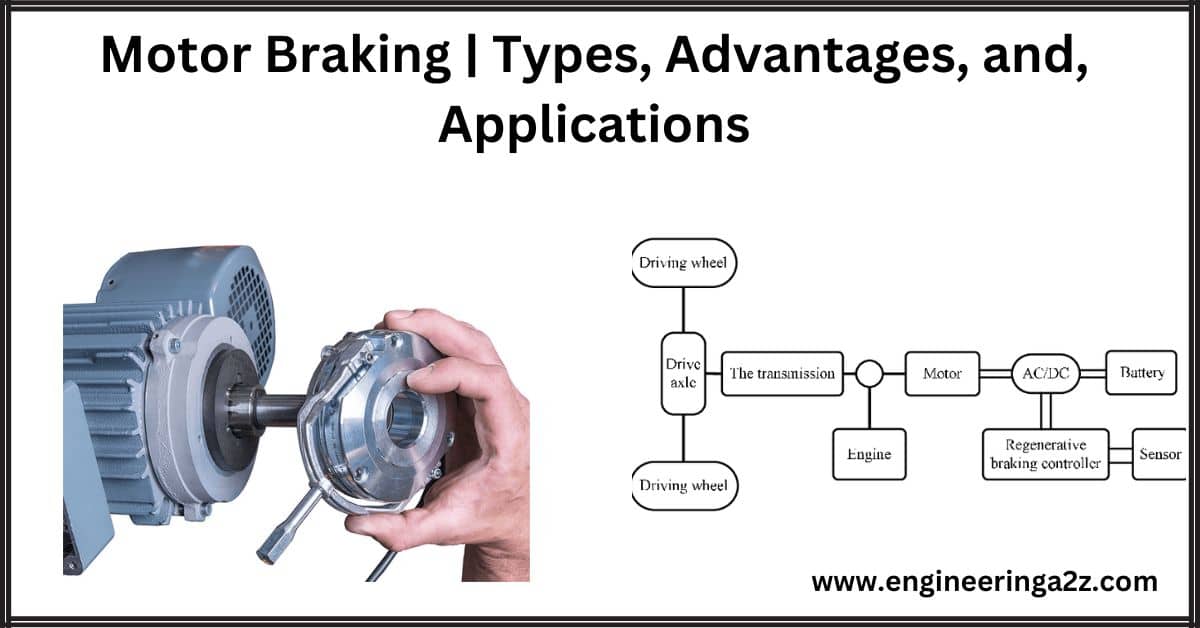
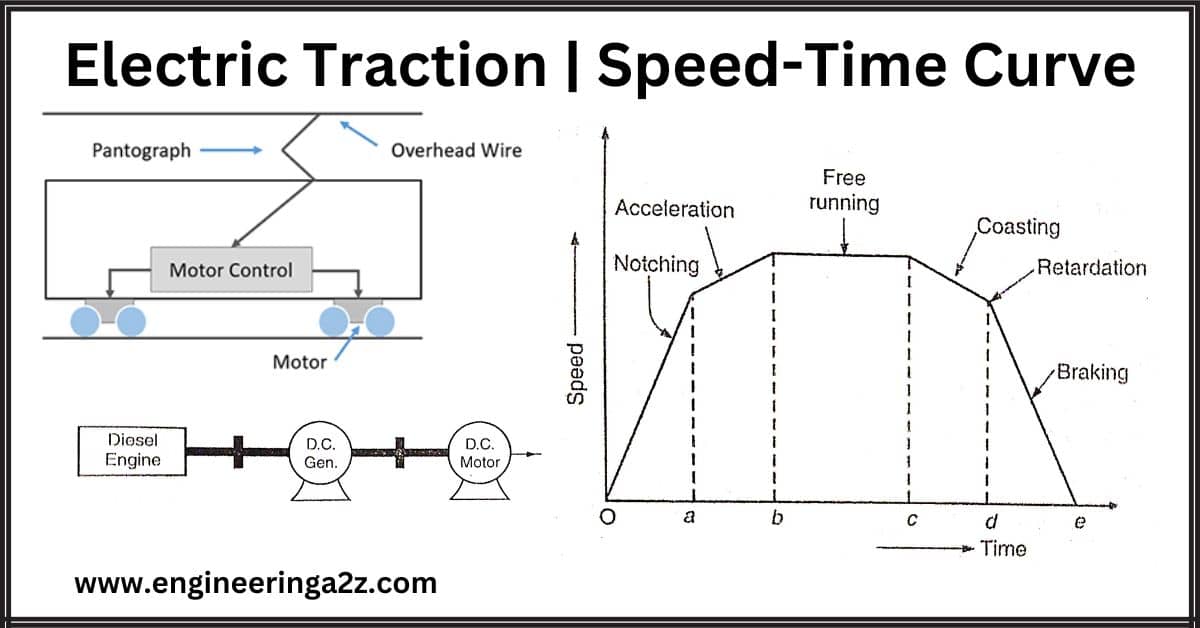
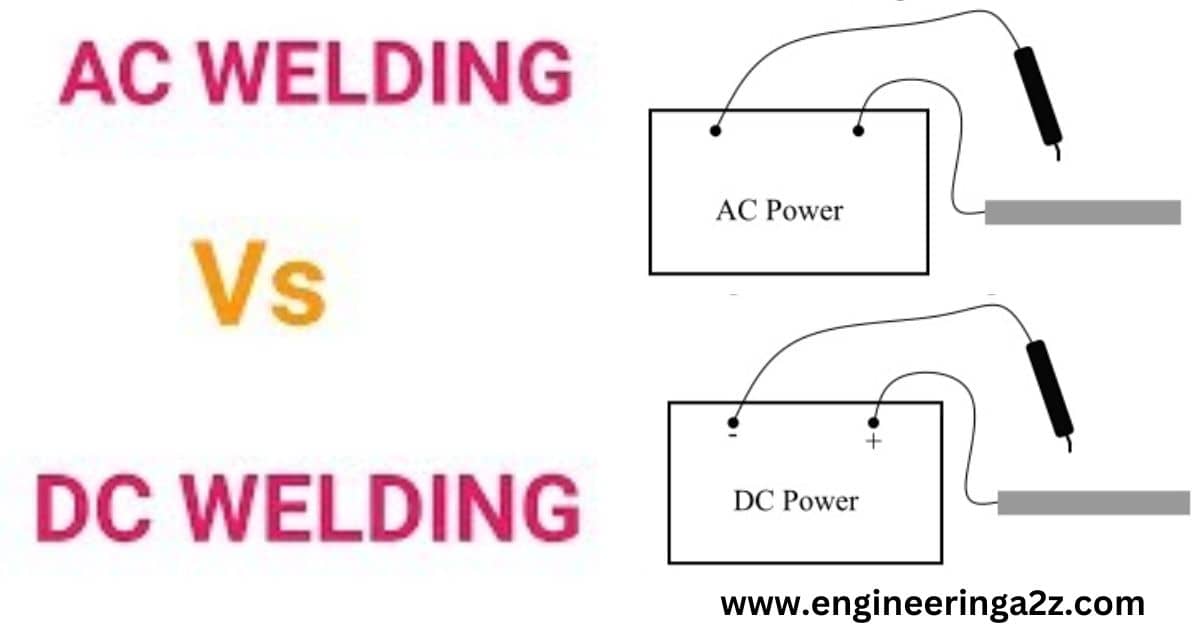











Comments